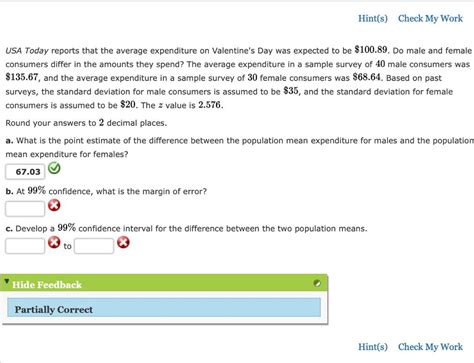Evolution of Ethereum: Understanding BIP8 and BIP9
As Ethereum development continues to progress, the community has been debating the most appropriate activation approach for its next major upgrade: Taproot. Although several proposals have emerged, including BIP8 and BIP9, two different forks that share a common origin, it is essential to understand their differences and similarities.
BIP8: Bitcoin Improvement Proposal 8
BIP8 is a proposal by the Ethereum Foundation (EF) that aims to introduce a new activation approach for Taproot. The name “BIP” stands for Bitcoin Improvement Proposal, reflecting its connection to the Bitcoin network. BIP8 is based on the concept of soft forks that allow the network to transition from one version to another without causing significant disruptions.
Key Differences Compared to BIP9:
- Activation Approach: Unlike BIP9, which uses a hard fork (i.e. a full merge with the Bitcoin blockchain), BIP8 proposes a soft fork. This means that Ethereum will not replace its current protocol, but rather upgrade it to support Taproot.
- Taproot Activation

: The main difference between BIP8 and BIP9 lies in how they plan to activate Taproot. BIP8 proposes to use a pre-merge algorithm, while BIP9 proposes to rely on the Bitcoin network’s own activation mechanisms.
BIP9: Bitcoin 9 Improvement Proposal
BIP9 is another proposal put forward by the Ethereum Foundation as an alternative to BIP8. This fork was created to address some of the concerns of users and developers about the soft fork approach proposed in BIP8.
Key Differences Compared to BIP8:
- Triggering Approach: As mentioned above, BIP9 proposes a hard fork (i.e. a full merge with the Bitcoin blockchain), while BIP8 proposes the use of a soft fork.
- Taproot Triggering: Like BIP8, BIP9 also aims to trigger Taproot through a pre-merge algorithm.
Similarities Between BIP8 and BIP9
While both proposals aim to introduce new triggering approaches for Taproot, there are some similarities. Both suggest:
- Using a combination of cryptographic techniques (e.g. Merkle root generation) to secure the transition.
- Using smart contract programming languages like Solidity to define rules for triggering Taproot.
Conclusion
As we move forward with the development of Ethereum and its future upgrades, it is essential to understand the differences between BIP8 and BIP9. While both proposals have a common goal, their activation approaches and underlying principles are different. Understanding these nuances will help developers, users, and stakeholders make informed decisions about the best approach for each fork.
Final Thoughts
The debate over the approach to activating Taproot continues, with various factions vying for support. As the Ethereum community continues to evolve, it is crucial to consider the implications of the different proposals on the overall ecosystem. By shedding light on BIP8 and BIP9, we can gain a deeper understanding of these complex concepts and their potential impact on the future of Ethereum.
Lascia un commento